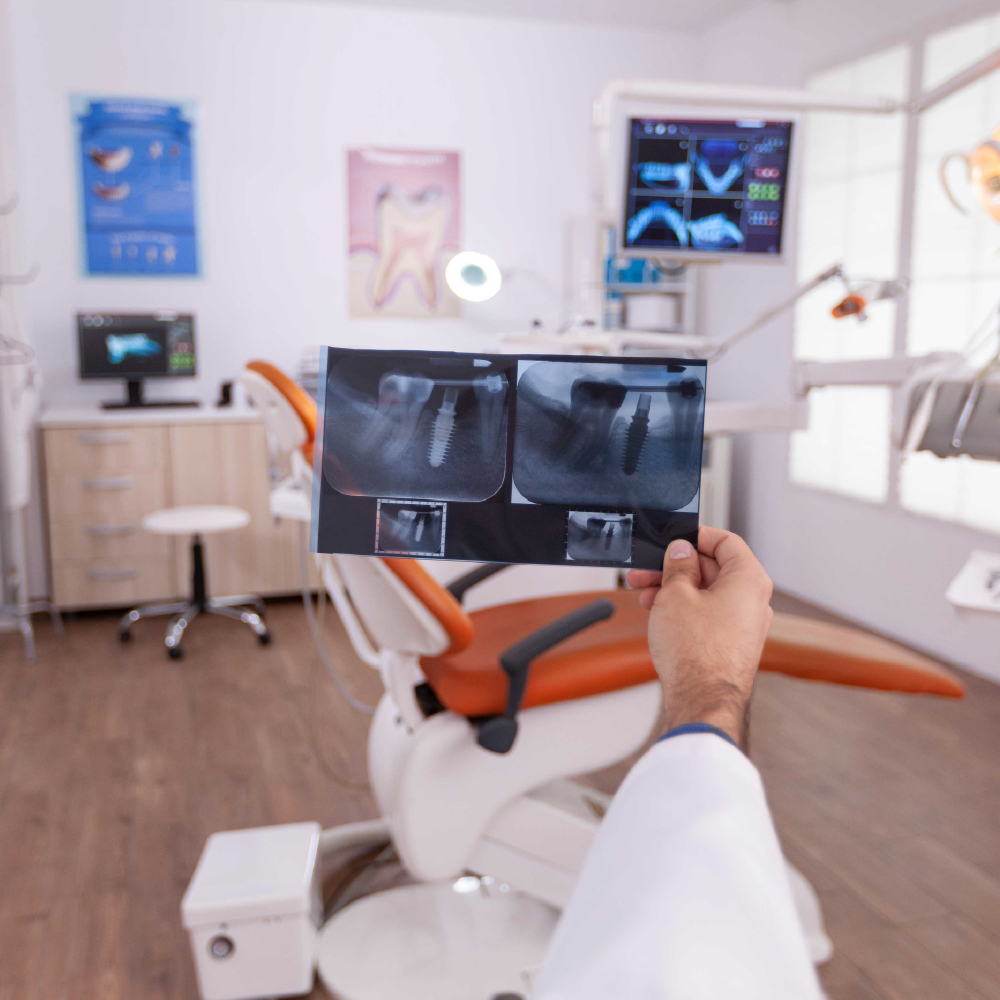
Positron Emission Tomography (PET) scans have become an indispensable tool in modern medicine, especially in diagnosing and treating cancer. By providing detailed images of metabolic activity within the body, PET scans help doctors identify cancerous cells, monitor treatment progress, and assess the effectiveness of therapies. As medical technology evolves, the role of PET scans in oncology continues to expand, offering new ways to improve patient outcomes and optimize care.
Understanding PET Scans
A PET scan is an imaging test that uses a small amount of radioactive material, known as a radiotracer, to visualize how tissues and organs function. Unlike traditional imaging methods like X-rays or CT scans, which primarily provide structural images, PET scans reveal cells’ metabolic processes in real-time. This ability to monitor cellular activity makes PET scans particularly effective in identifying cancer cells, which often exhibit higher metabolic rates than normal cells.
The most commonly used radiotracer in PET scans is fluorodeoxyglucose (FDG), a form of glucose tagged with a small amount of radioactive material. Cancer cells, which require more energy than normal cells, absorb more glucose, causing them to appear as bright spots on the scan. This unique capability allows physicians to detect cancer before structural abnormalities appear on other imaging tests.
PET Scans in Cancer Diagnosis
Early and accurate diagnosis is crucial in the fight against cancer, and PET scans play a pivotal role in achieving this. Because cancer cells have higher metabolic activity than healthy cells, PET scans can detect the presence of tumors at a much earlier stage than other diagnostic methods. This early detection allows quicker intervention, increasing the chances of successful treatment and improving long-term outcomes.
PET scans are particularly useful in diagnosing lung, lymphoma, and colorectal cancers, where traditional imaging techniques may not provide sufficient detail. For example, a lung cancer PET scan can distinguish between benign and malignant tumors, reducing the need for invasive biopsy procedures. Similarly, in lymphoma, PET scans can detect cancerous activity in lymph nodes that may not be visible on CT or MRI scans.
PET Scans in Staging Cancer
Once cancer is diagnosed, determining its stage is essential for developing an effective treatment plan. Staging refers to determining how far the cancer has spread in the body, which helps physicians decide on the appropriate course of treatment, such as surgery, chemotherapy, or radiation therapy.
PET scans provide a highly accurate method for staging cancer. They can detect metastases (the spread of cancer to other parts of the body) by identifying regions with increased metabolic activity. This is especially important in cancers that tend to spread quickly, such as melanoma or certain types of breast cancer. By providing a comprehensive view of the cancer’s reach, PET scans enable doctors to tailor treatment plans more precisely, ensuring patients receive the most effective therapy for their specific condition.
Monitoring Treatment Effectiveness
Another critical role of PET scans in cancer care is their ability to monitor the effectiveness of treatment. As therapies like chemotherapy or radiation are designed to target and destroy cancer cells, PET scans can help determine whether the cancer is responding to treatment. By assessing changes in the metabolic activity of cancer cells, PET scans provide real-time feedback on whether a tumor is shrinking or remains metabolically active.
In cases where cancer cells are resistant to treatment, PET scans can help doctors identify the need for alternative therapies. For example, if a tumor shows no significant change in metabolic activity after several cycles of chemotherapy, the oncologist may decide to switch to a different treatment regimen. This ability to assess treatment effectiveness early in the process can prevent unnecessary side effects from ineffective treatments and provide patients with better chances for recovery.
Recurrence Detection
Even after successful treatment, cancer can sometimes return. Detecting cancer recurrence early is vital for initiating prompt treatment and preventing further spread. PET scans are highly sensitive in detecting cancer recurrence, often identifying small clusters of cancer cells that may not be visible on other imaging tests. This is especially important in cancers like lymphoma, where early detection of recurrence can significantly impact long-term survival rates.
By combining PET scans with other diagnostic tools, such as CT or MRI, physicians can achieve a more comprehensive evaluation of a patient’s condition. This ensures that any recurrence is detected and treated as early as possible, enhancing the overall quality of care for cancer survivors.
Advancements in PET Technology
The field of PET imaging continues to advance, with new techniques and technologies emerging that further enhance its capabilities in cancer diagnosis and treatment. One such advancement is the development of PET-CT and PET-MRI scanners, which combine PET’s metabolic imaging with the detailed anatomical imaging of CT or MRI. These hybrid imaging systems allow even more precise localization of cancerous tissues, providing doctors with a clearer picture of the tumor and its surrounding structures.
Another exciting development is the use of novel radiotracers that target specific molecular markers associated with different types of cancer. These new tracers allow for more targeted imaging of certain cancers, such as prostate cancer, which may not be as effectively visualized with traditional FDG PET scans. As research continues, these advancements promise to improve the accuracy of cancer diagnosis and treatment, further enhancing the role of PET scans in oncology.
PET scans have revolutionized the way cancer is diagnosed and treated. By providing detailed information about the metabolic activity of cancer cells, PET scans enable early diagnosis, accurate staging, and effective treatment monitoring. As technology advances, PET imaging will likely play an even greater role in cancer care, offering new opportunities to improve patient outcomes and personalize treatment strategies. For patients and healthcare providers, PET scans represent a powerful tool in the ongoing battle against cancer.